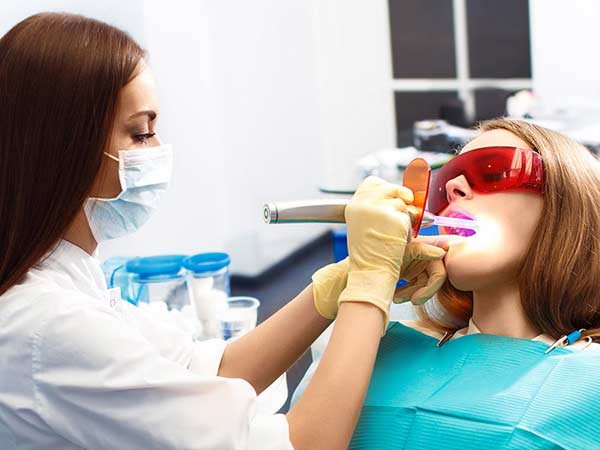
The aim of this procedure is to raise the sinus floor in order to develop bone for the placement of dental implants. Several techniques can be used to raise the sinus and allow for new bone to form. Depending on your individual needs, we normally wait four to 6-8 months before putting the implants into place. After the implants are placed, an additional healing period is required. In some cases, the implant can be placed at the same time the sinus is augmented. This treatment could be suitable if you have lost one or several teeth and an important amount of bone.
Sinus Lift Procedure
With age and tooth loss, the upper jawbone shrinks and the sinus enlarges. This often makes a patient a poor implant candidate. The maxillary sinuses are behind your cheeks and on top of the upper teeth. These are air-filled spaces that everyone has. Often the roots of the natural upper teeth extend up into the maxillary sinuses. When these upper teeth are removed, there is often just a thin wall of bone separating the maxillary sinus and the mouth. Dental implants need bone to hold them in place. Often the remaining bone is not enough to stabilize a dental implant.
There is a solution and it’s called a sinus graft or sinus lift graft. Dr. Bansal carefully enters the sinus from where the upper teeth used to be. The sinus membrane is then gently lifted upward and donor bone is inserted into the floor of the sinus. Keep in mind that the floor of the sinus is the roof of the upper jaw. After several months of healing, the bone becomes part of the patient’s jaw and dental implants can be inserted and stabilized in this new sinus bone.
The sinus graft makes it possible for many patients to have dental implants when years ago there was no other option other than wearing loose dentures.
If enough bone between the upper jaw ridge and the bottom of the sinus is available to stabilize the implant well, sinus augmentations and implant placement can sometimes be performed as a single procedure. If not enough bone is available, the sinus augmentation will have to be performed first, then the graft will have to mature for several months, depending upon the type of graft material used. Once the graft has matured, the implants can be placed.








